![]()
![]()
![]()
Use LEFT and RIGHT arrow keys to navigate between flashcards;
Use UP and DOWN arrow keys to flip the card;
H to show hint;
A reads text to speech;
21 Cards in this Set
- Front
- Back
- 3rd side (hint)
|
Forest pest can be categorized into three main areas: _____________, ____________, and __________. |
Insects, Diseases, and Weeds. |
|
|
|
The study for insects is called _____________? |
Pathology |
|
|
|
The study for diseases is called _______________? |
Entomology |
|
|
|
The study for weeds is called _______ ____________? |
Weed Science |
|
|
|
An attack in the forest by any pest is called an _______________. |
Infestation |
|
|
|
An organism that lives in or on another organism of a different kind and derives benefit without returning any is a ______________. |
Parasite |
|
|
|
The organism that it takes advantage of is the ______. |
Host |
|
|
|
More evolved Insects have four parts in their life cycle. An adult insect lays _____. |
Eggs |
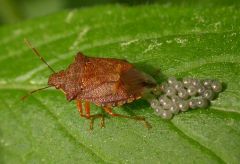
|
|
|
The eggs hatch into ________. |
Larvae |
|
|
|
The larvae molt several times. Each stage of molting is called an ____________. |
Instar. |
|
|
|
The next stage, which often involves a cocoon, is called a _______. |
Pupa |
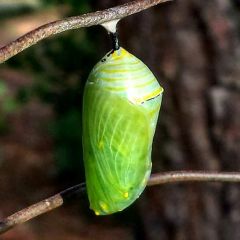
|
|
|
The pupa hatches into an ________. |
Adult |
|
|
|
One of the most common insect pests is the ________ ___________. Which bore usually into the cambium layer of the tree, although some species damage roots, twigs, cones, and solid wood. |
Bark Beetle |
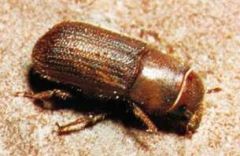
|
|
|
The passage these and other insects make during feeding or excavating are called ______________. |
Galleries |
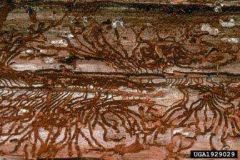
|
|
|
Sometimes when a plant gets irritated by an insect of some other pest, the tissue starts growing abnormally, causing a _______. |
Gall |
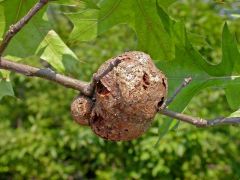
|
|
|
When insects start to colonize an area, the individual trees in which they begin reproducing and spread from, are called ________ ________. |
Brood Trees |
|
|
|
Any disease that causes rapid wilting and dieback on infected tissue is termed a __________, while yellowing of the tissues is called ______________.The laddering (second) condition can happen as a result not only of disease, but of mineral difficiency, girdling, or reduced light |
Blight and Chlorosis |
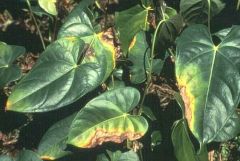
|
|
|
Often an organism that causes a disease (a ________________) relies on animals such as insects, or other factors such as wind, water, or seeds to transport it from one host plant to another. Those "transporters" are called ______________. |
Pathogen and Vectors |
|
|
|
Three main types of organisms that cause disease in forest plants are __________, ________________, and ___________. |
Fungus, Bacteria and Virus |
|
|
|
Three examples of diseases or problems in wood caused by fungus are _______, _____________, and ______________. |
Rust, Dry Rot, and Blue-stain |
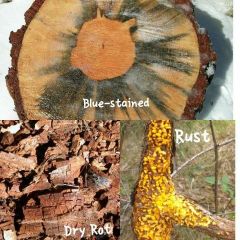
|
|
|
One common plant that is a parasite of the forest trees is ______________. |
Mistletoe |
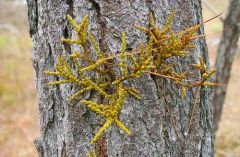
|

